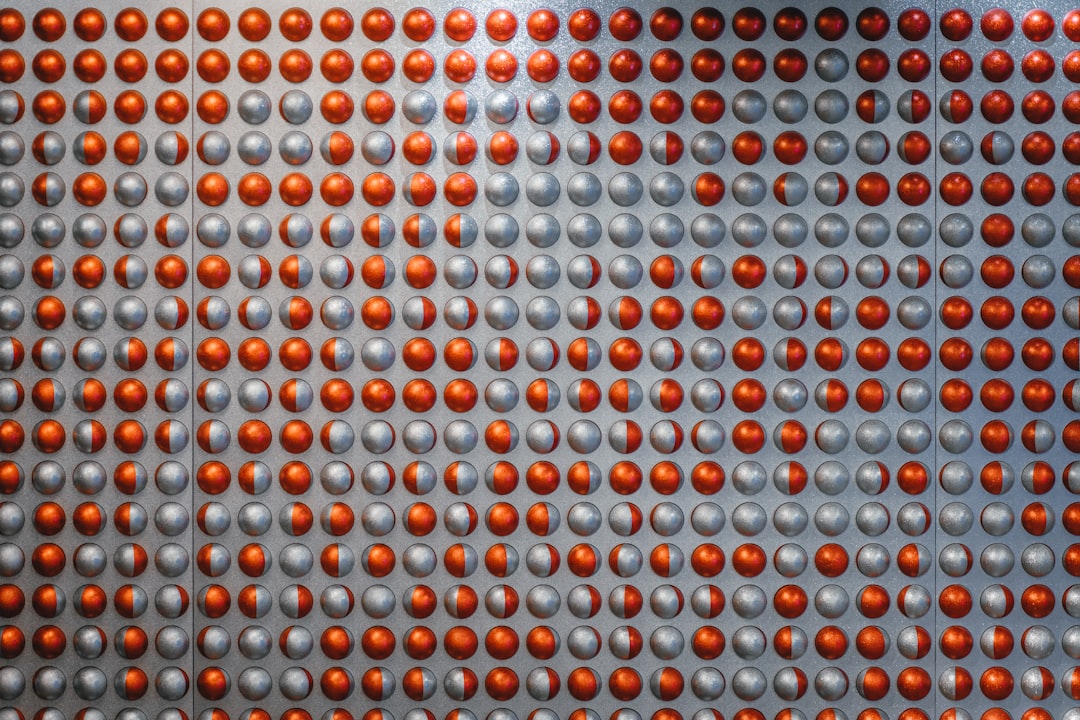What is it about?
Semiconductors often exhibit unexpected electrical conductivity, suggesting that there are small amount of impurities leading to unintentional carrier doping. One of the major suspects is hydrogen, which is the most difficult element to be identified in small amount by conventional means despite it is found everywhere. This paper describes the usefulness of implanted positive muon (a light radioactive isotope of proton) to experimentally simulate the behavior of hydrogen impurity in In-Ga-Zn-O semiconductor, providing evidence that hydrogen does serve as shallow donors and/or interact with other defects to change their electronic property.
Featured Image

Photo by William Iven on Unsplash
Why is it important?
Microscopic details on how hydrogen behaves in matter is of general importance in the variety of material sciences. However, when hydrogen exists in small amount, the conventional techniques like X-ray diffraction, neutron scattering, and H-NMR are mostly useless because of the too small signal amplitudes. Here, implanted muon serves as unique tool to mimic the behavior of hydrogen, providing spectroscopic information on the local electronic properties of hydrogen as impurity.
Perspectives
The combination of muon experiment with the first principle calculations based on the density functional theory would become a powerful tool to predict the behavior of hydrogen in matter.
Ryosuke Kadono
Institute of Materials Structure Science, High Energyy Accerelator Research Organization
Read the Original
This page is a summary of: Electronic structure of interstitial hydrogen in In-Ga-Zn-O semiconductor simulated by muon, Applied Physics Letters, September 2019, American Institute of Physics,
DOI: 10.1063/1.5117771.
You can read the full text:
Contributors
The following have contributed to this page










